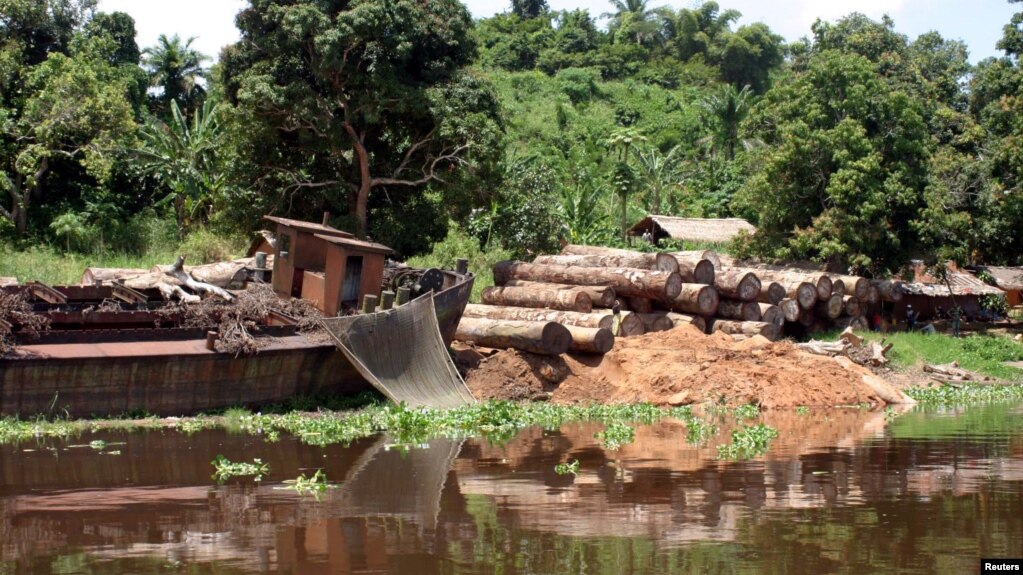Widdekind
Member
- Mar 26, 2012
- 813
- 35
- 16
Every year that trees (or plants) grow, they suck CO2 out of the air, and "sequester" the carbon into their biomass, releasing the O2 (Oxygen). So, if you cut down a tree, the tree (no longer alive) stops sequestering carbon. But, no carbon is released, either. What releases carbon, during "deforestation", is not the "logging" part, but the "burning" part -- burning material uses up O2, converting all the carbon back to CO2.
For example, with Palm Oil plantations in Indonesia & Malaysia, giant evergreen hardwoods can grow to heights of hundreds of feet. If such trees take (say) 100 years to grow that tall, then their trunks store 100 years of carbon (-1 unit of carbon sucked from the sky each year). If you kill the tree, it stops consuming carbon (-0 units this year, or next). If you burn the tree, you pump a century's worth of CO2 back into the atmosphere (+100 units). Thus, the "global warming" part of "deforestation" is principally the "slash-and-burn" part of the equation -- simply harvesting the timber wouldn't cost you an equivalent amount of net carbon (100 units) for a hundred years (!).
Naively, any means of clearing land, without burning everything in sight, whilst not "helping" to scrub our skies, would not harm them either. If all plant biomass is composed primarily of cellulose, then there "ought" to be some way, of converting general plant matter into low-grade paper. Or, perhaps all the trees could be logged, and the undergrowth chipped & mulched, instead of burned ??
For example, with Palm Oil plantations in Indonesia & Malaysia, giant evergreen hardwoods can grow to heights of hundreds of feet. If such trees take (say) 100 years to grow that tall, then their trunks store 100 years of carbon (-1 unit of carbon sucked from the sky each year). If you kill the tree, it stops consuming carbon (-0 units this year, or next). If you burn the tree, you pump a century's worth of CO2 back into the atmosphere (+100 units). Thus, the "global warming" part of "deforestation" is principally the "slash-and-burn" part of the equation -- simply harvesting the timber wouldn't cost you an equivalent amount of net carbon (100 units) for a hundred years (!).
Naively, any means of clearing land, without burning everything in sight, whilst not "helping" to scrub our skies, would not harm them either. If all plant biomass is composed primarily of cellulose, then there "ought" to be some way, of converting general plant matter into low-grade paper. Or, perhaps all the trees could be logged, and the undergrowth chipped & mulched, instead of burned ??



